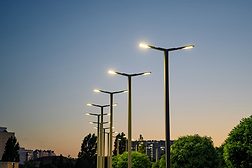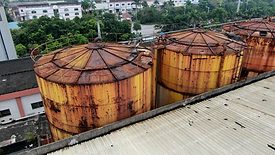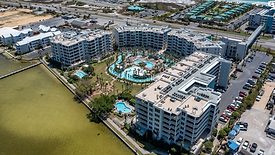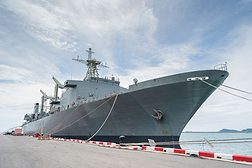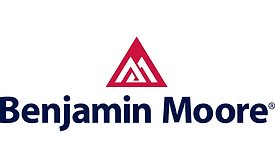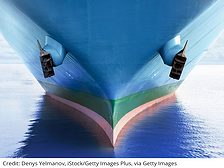Special Purpose Coatings
The Sky’s the Limit
Sherwin-Williams Floor Coating Applied at Teesside International Airport
Read More
Keep the info flowing with our eNewsletters!
Get the latest industry updates tailored your way.
JOIN TODAY!Copyright ©2024. All Rights Reserved BNP Media.
Design, CMS, Hosting & Web Development :: ePublishing

